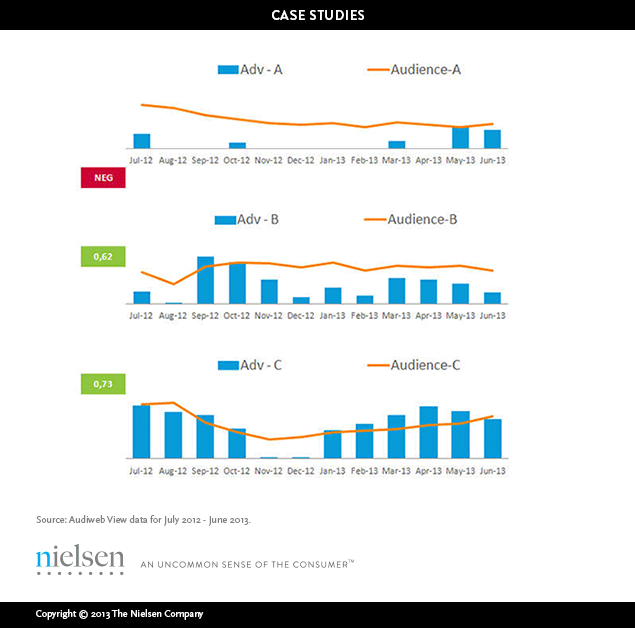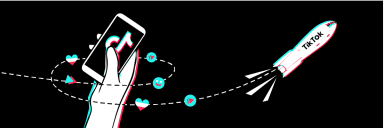Advertising times have changed for e-commerce dealers in Italy. While online purveyors have taken their advertising messages offline in many regions around the globe, particularly in the U.S., the trend is starting to pick up in Italy. And what’s more, e-commerce dealers are increasing their ad spending while many others are pulling back.
In fact, 82 Italian digital native companies across e-travel, e-clothing and e-merchandising increased their ad spending by 27.6 percent on the first half of 2013 on a year-over-year basis. E-travel was the biggest sector, representing 50 percent of the market, up 46 percent over 2012. E-clothing and accessories came next with a 31 percent share, down slightly (-8%), which isn’t so negative when you look at the 25 percent pullback in clothing advertising across all media. E-merchandising/couponing accounted for 20 percent of the market and is growing rapidly.
| Sector | 1st half 2012 | 1st half 2013 | Year-Over-Year Change |
|---|---|---|---|
| E-travel | 9,263 | 13,523 | 46.00% |
| E-clothing & accessories | 9,144 | 8,364 | -8.50% |
| E-merchandising/couponing | 2,953 | 5,371 | 81.90% |
| Total | 21,359 | 27,258 | 27.60% |
| Source: Nielsen |
Changing Media Preferences
In looking at recent trends, some e-commerce players appear to now be favoring traditional media—TV, radio, newspaper—for their ad spend. On a year-over-basis, TV ad spending was up 39 percent and accounted for 87 percent of the companies’ budgets. Radio and newspaper spending were up as well, at 57.4 percent and 37.2 percent, respectively, while Internet advertising fell 42.8 percent (excluding figures on search engines and social media).
Simply advertising offline, however, doesn’t guarantee positive results. Factors like creativity, competition, seasonality and media mix have an effect on results as well, and marketers need to study all of them in order to determine the best ways to optimize their communications strategies.
The upside for advertisers is that the shift toward traditional media appears to be generating positive results in most cases—in terms of traffic from unique site visitors. In two out of the three examples below, the correlation between the value of the investment and the e-company’s unique audience traffic was positive. The correlation isn’t always positive, however, as was the case in the first chart. In that case, site traffic actually decreased.

For additional insights about offline promotion among Italy’s online operators, click here.


